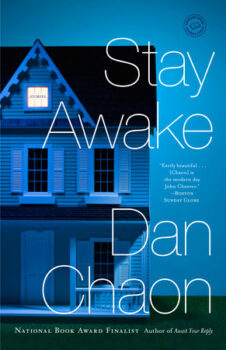Jack London’s “To Build a Fire” (1908) is one of those stories—paralleled by certain films—that I always return to with an odd yearning. Each time, despite myself, I hope that the story (or film) will somehow end differently. That Connie won’t leave with Arnold Friend. That Christopher Reeve won’t discover that penny from 1979. Or, in the case of London’s story, that “the man” won’t break through the ice—and that the fire won’t go out.
Perhaps part of the story’s great appeal is how very different it is from my own lived experience and writerly tendencies. My version of the great outdoors is Manhattan’s Central Park. My stories are set in New York and Berlin and Paris. I’m not particularly fond of animals (and neither, it seems, are my characters, since I cannot think of a single one who even has a pet). So it is difficult to imagine myself somewhere to the side of “the main Yukon trail” in subzero (way subzero) temperatures, let alone accompanied only by “a big native husky, the proper wolf-dog, grey-coated and without any visible or temperamental difference from its brother, the wild wolf.”
London’s story makes me feel life-threatening cold. It makes me visualize unfamiliar geography and landscape. Like Megan Mayhew Bergman’s new collection, it teaches me about animals and their instincts—without requiring me to get up close and personal with them. In short, “To Build a Fire” accomplishes one of fiction’s most noble goals: allowing me to broaden my understanding of life and experience. Even if, in the end, the man always dies, and the dog always turns around, trotting “in the direction of the camp it knew, where were the other food-providers and fire-providers.”
Further Reading:
- Read “To Build a Fire” online
- Want more Stories We Love? Read the whole series—and keep checking back all month for more as we celebrate Short Story Month
- Like Erika’s taste? See more of her recommended reading.






